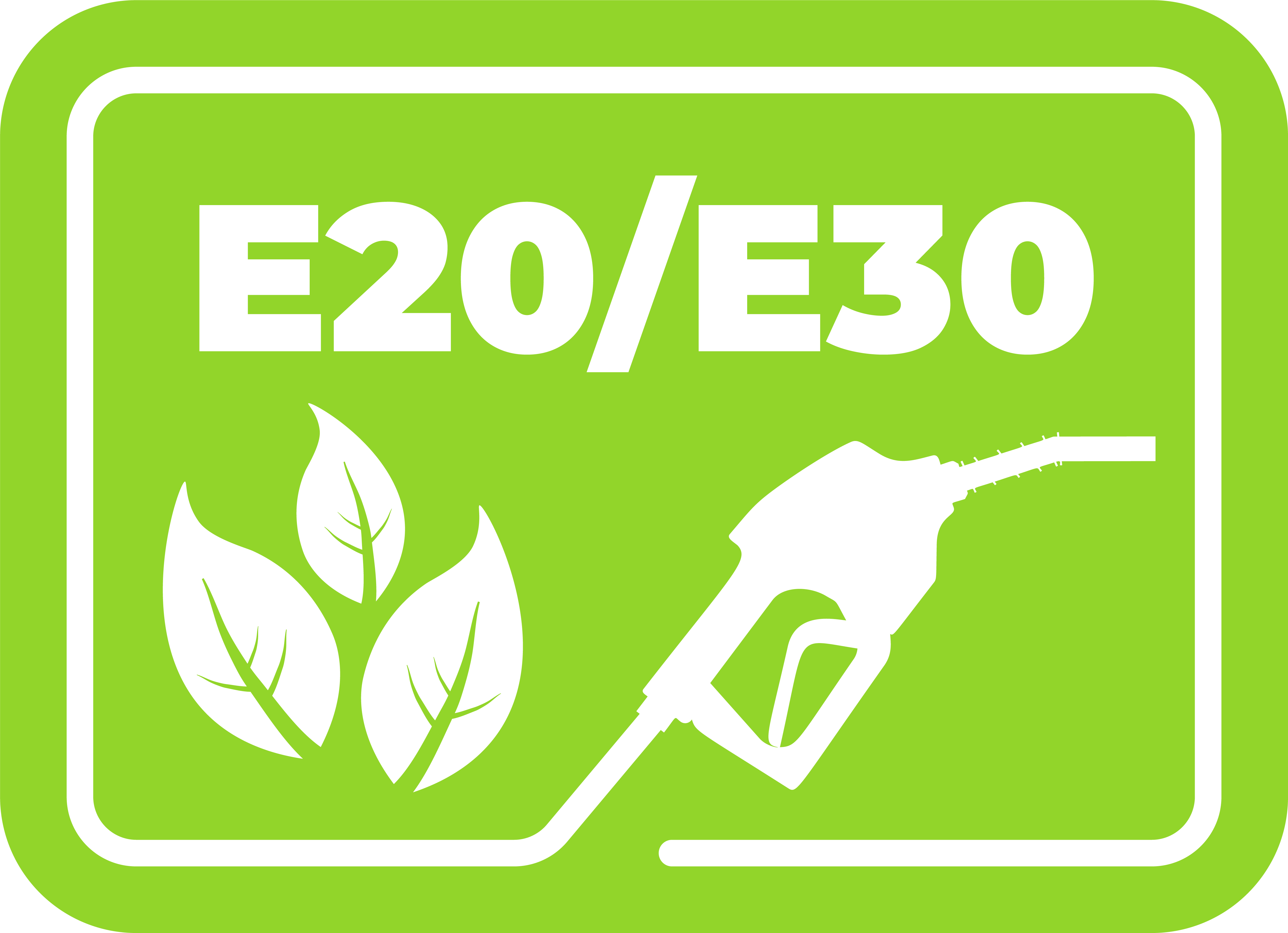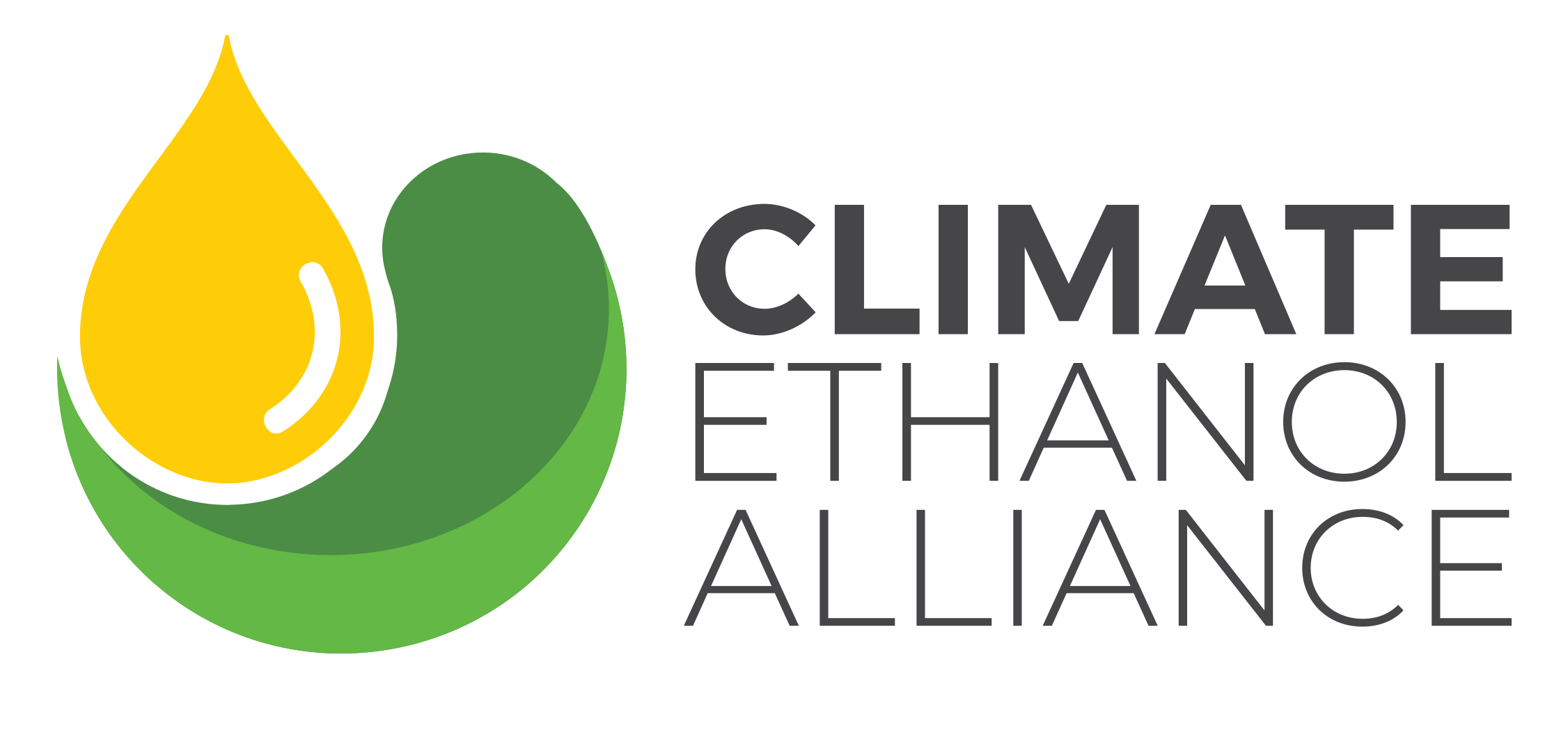Policy
Climate challanges and mitigation options
CLIMATE CHALLENGES AND MITIGATION OPTIONS
Climate challenge in transport
Transport is the only major sector in developed countries where Greenhouse Gas (GHG) emissions are not decreasing. Transport is on its way to become the single largest sectoral source of carbon emissions in major economies, with road transport being the key problem. If road transport, aviation and shipping do not deliver carbon emission reductions, other sectors will face an ever higher burden in enabling the 2 degree target to be met, let alone the 1.5 degree target aspired to by the Paris Agreement.
CLIMATE CHALLENGES AND MITIGATION OPTIONS
Mitigation measures
No silver bullets are available to solve the problem in transport. Electrification is fine but faces significant barriers to uptake and not applicable to the existing vehicle fleet, true waste-based biofuels have limited scale or are not cost competitive, vehicle emissions standards have been shown to be unreliable, while demand side management and other soft measures are only mildly palliative. It is therefore highly likely that insufficient quantities of oil will be displaced by 2030 using these methods alone. The only two measures that have delivered substantial GHG reductions in transport cost effectively in the past decade are conventional ethanol and more efficient (and often hybrid) internal combustion engines.
CLIMATE CHALLENGES AND MITIGATION OPTIONS
Oil still king
Transport policies around the globe have not reduced the market for oil. It is projected that oil will continue to dominate transport fuel use in 2030 (around 80-90% share is estimated for major economies).
What ethanol can bring
WHAT ETHANOL CAN BRING
Proven technology
Ethanol technology is a proven and scalable climate solution. Decades of production have shown it to be safe and reliable. Its abatement cost is the lowest of alternative fuels, and its potential is substantial. Ethanol offers a practical solution for transport emissions that delivers significant GHG savings. The use of different methodologies in different countries makes comparison difficult, however irrespective of the choice of models, ethanol is remarkably good. Under the EU methodology, today’s ethanol has 80% lower lifecycle GHG emissions than petrol, while the saving under the US methodology is around 44-52%. These methodologies, however, are more alike than different and each shows solidly increasing GHG savings over the past decade, indeed a doubling in both cases and reflecting the same leaps forward in production technology and innovation. The uncertainty in ethanol is only over how much better than oil it is, not whether it is. With continuous investment and innovation in the industry and its supply chain, ethanol’s climate profile gets better by the year, and is on track to become carbon neutral in the foreseeable future, probably by 2030.
WHAT ETHANOL CAN BRING
Scalable
Biorefineries co-producing ethanol have a good track record of producing the fuel at scale, and there is currently around 100 billion liters of ethanol produced in the world today. These biorefineries are getting more efficient by the day. There is vast potential in feedstock availability around the globe by closing the crop yield gap and hence increasing land productivity sustainably and also by utilizing marginal and abandoned lands. Corn yields have improved across the globe, above trendline increases. According to the farmers who have reduced their carbon footprint by doing this, ethanol requirements have played a significant part in yield enhancement.
WHAT ETHANOL CAN BRING
Cost effective
A wide range of mitigation technologies are available in transport to replace oil, but very few offer competitive prices. Most technologies come with high carbon abatement costs and therefore their prospects are limited. Mature and inexpensive technologies are in short supply. In contrast, ethanol has been shown to have a relatively low carbon abatement cost. It ranks among the cheapest transport decarbonization technological options. Research finds that ethanol blending delivers substantial carbon saving inexpensively. In every major ethanol market in the world (namely the United States, Brazil and Europe), a liter or gallon of ethanol is moderately to substantially less expensive than petrol. Remarkably, this makes ethanol one of the only renewables capable of replacing their counterparts at scale without immense subsidies (but, in each case, with enabling laws).
WHAT ETHANOL CAN BRING
Sustainability
All technologies have some impact on the environment, there are no ideal solutions, and ethanol is no exception. There are two major criticisms of biofuels. The major criticism has come from the food v fuel debate. This has been shown to be a false dichotomy, with food and feed prices not higher now in real terms than 20 years ago, while ethanol production has more than tripled. The second, indirect land use change impact (ILUC), contrary to overblown early estimates is increasingly found to be low for ethanol, so low as to be negligible. In other words, ethanol’s impact on food security is minor (and is just as likely to be positive as negative), and its ILUC risk is so low as to be on the same order of practical concern as bird mortality from wind turbines.
WHAT ETHANOL CAN BRING
Engine efficiency impovement
A little known phenomenon, that ethanol is an octane enhancer, makes the climate profile of ethanol even better. Research finds that the higher octane fuel that results when ethanol is blended into petrol brings significant engine efficiency improvements. High-octane, midlevel ethanol blends allow automakers to produce smaller, higher compression and therefore more efficient engines. As a consequence, for E20 (20% ethanol blend), ILUC impacts appear to be entirely offset by fuel economy improvements. Ethanol as an octane enhancer also replaces toxic substances (aromatics) previously used for this purpose.
WHAT ETHANOL CAN BRING
Rural development dimension
In addition to climate benefits, ethanol contributes to rural development by creating and maintaining jobs in rural communities, advances farming by stimulating investments in sustainable technologies and provides valuable high protein animal feed and an increasing range of innovative bio-based products. It also contributes to energy independence at a regional level.
WHAT ETHANOL CAN BRING
Air quality
In addition to reducing GHG emissions, adding ethanol to gasoline reduces tailpipe emissions of harmful pollutants, whereby urban air quality is improved. Ethanol emits less air pollutants than petrol, especially particulate matters (PM) and aromatics (benzene), therefore contributes to lowering the human health impact of transport.
WHAT ETHANOL CAN BRING
Carbon removal
The fermentation industry, including biorefineries producing ethanol, is poised to champion carbon removal. Carbon dioxide will need to be removed from the atmosphere cost-effectively, and biogenic CO2 is available cost-free as a by-product of ethanol production through fermentation. Biogenic CO2 is captured by a variety of biorefineries and is used in fizzy drinks, meat processing, wastewater treatment and dry ice production. Most recently, three ethanol plants in the US capture and sequester their CO2, delivering the lowest cost carbon removal at scale.
Way forward
There is a need for policies that deliver and actions that work.
Replacing oil by 2030
Ethanol immediately helps countries meet their climate goals and provides an immediate, near-term solution to climate change, hence its use should increase globally in a sustainable manner. Ethanol is just one technology with the potential to displace large quantities of oil. The difference with most other technologies is that ethanol is available now at scale and is the principal source of oil displacement across the world.
Electrification and ethanol offer the best prospect of replacing oil in quantity for several decades ahead. Electrification is growing rapidly from a low base but has a long way to go to achieve scale and is not applicable to vehicles on the road today running on liquid fuels. Both technologies are needed to achieve climate targets.
The potential in ethanol should be tapped, and it can be achieved in a sustainable manner. Ethanol use should be allowed to increase, roughly in line with historic trends, and when electrification reaches scale, sometime well after 2030, ethanol plants or biorefineries are not threatened with closure. The ethanol industry is developing other bio-based products that enable it to contribute at another level to climate targets. Ethanol can replace oil in fuel tanks; but it can also replace oil in biomaterials like plastics, which electricity cannot. Pursued intelligently, there is no tension between ethanol and electrification of transport.

E20/E30
The evidence base for high octane fuels bringing climate mitigation, fuel economy and financial benefits is growing. Recognizing these potential benefits is important for society. They need to be given appropriate priority in their own rights to ensure the potential is not lost to society. Standardization of fuels with 20% or 30% ethanol blended (E20 or E30), would ensure that octane is increased in the final fuel.
These blends should be introduced by 2025 to facilitate the optimization of engines by 2030, bringing additional climate benefits.

Carbon removal
Carbon Capture and Storage (CCS) has been available for decades, yet progress remains below what is necessary or projected. The cost of climate measures is crucial, and CCS has remained expensive. Since costs are relatively high for most CCS pathways, it is crucial that the least expensive options advance promptly, demonstrating the technology’s robustness and establishing a tangible role for CCS in climate change mitigation.
Fermentation results in biogenic CO2, thereby saving on capture costs at biorefineries and enabling a cost-effective carbon removal pathway. Policy frameworks need to acknowledge fermentation carbon removal as low-hanging fruit necessary for the development of CO2 infrastructure.

Maritime fuels
More than 99% of fuels used by commercial vessels around the globe are fossil based. Renewables currently play a limited role. However, the shipping industry needs to decarbonize. To achieve this, a global policy framework is needed to recognize and support the role of sustainable solutions.
The global maritime industry needs low-carbon fuels that are:
- widely available in ports worldwide,
- reduce GHG emissions,
- affordable.
That is exactly what ethanol can bring.

